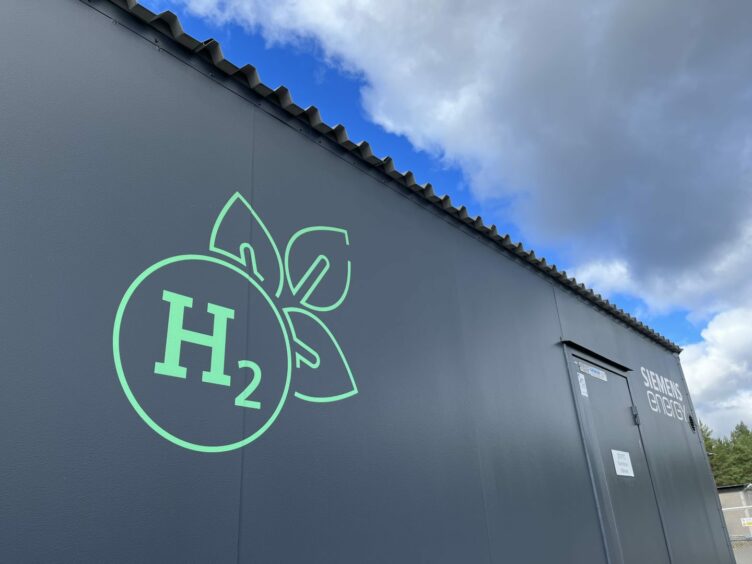
India has ambitions to become a leading exporter of green hydrogen as countries around the world increasingly view the clean fuel as crucial to the energy transition.
Although India currently only boasts green-hydrogen research facilities — rather than production capability — Prime Minister Narendra Modi has set a goal to produce 5 million tons a year by the end of the decade. Sending the fuel abroad would bring in foreign currency and help the nation burnish its green credentials, while avoiding reliance on uncertain domestic consumption.
“The demand will come largely from the export markets,” Renewable Energy Secretary Bhupinder Singh Bhalla said Wednesday at an event in New Delhi. The country can benefit from its low costs to emerge as a key supplier, he said.
India has announced 48 projects so far, which would be able to produce 3.5 million tons a year if they all get off the ground. Government mandates for local consumption by industry — which developers were counting on to approach banks for funding — haven’t appeared following objections from oil refiners.
Processors including Indian Oil Corp. want to produce green hydrogen at their own facilities, ensuring uninterrupted supply and saving on transport costs.
Yet there may be demand from the fertilizer industry, which Bhalla described as “low-hanging fruit.” His ministry is in talks with fertilizer companies to assess their needs, and plans to bring in tenders to serve that market.
Last week, the government released guidelines to support the hydrogen sector, rolling out $2.1 billion in subsidies. Part of that money will go to makers of the electrolyzers needed to produce the fuel. But it said nothing about mandates to replace cheaper gray hydrogen — made from fossil fuels — with the cleaner variety.
“Without demand-side incentives, it could be hard for domestic hydrogen users to justify a switch from gray to green, and for producers to get financing even if they receive subsidies,” BloombergNEF analyst Martin Tengler said in a note.
Globally, there could be demand for about 180 million tons of hydrogen by 2030, with low-emission production accounting for around 95 million tons, according to the International Energy Agency.
There’s an opportunity for India to take “significant share,” Bhalla said.
Recommended for you
